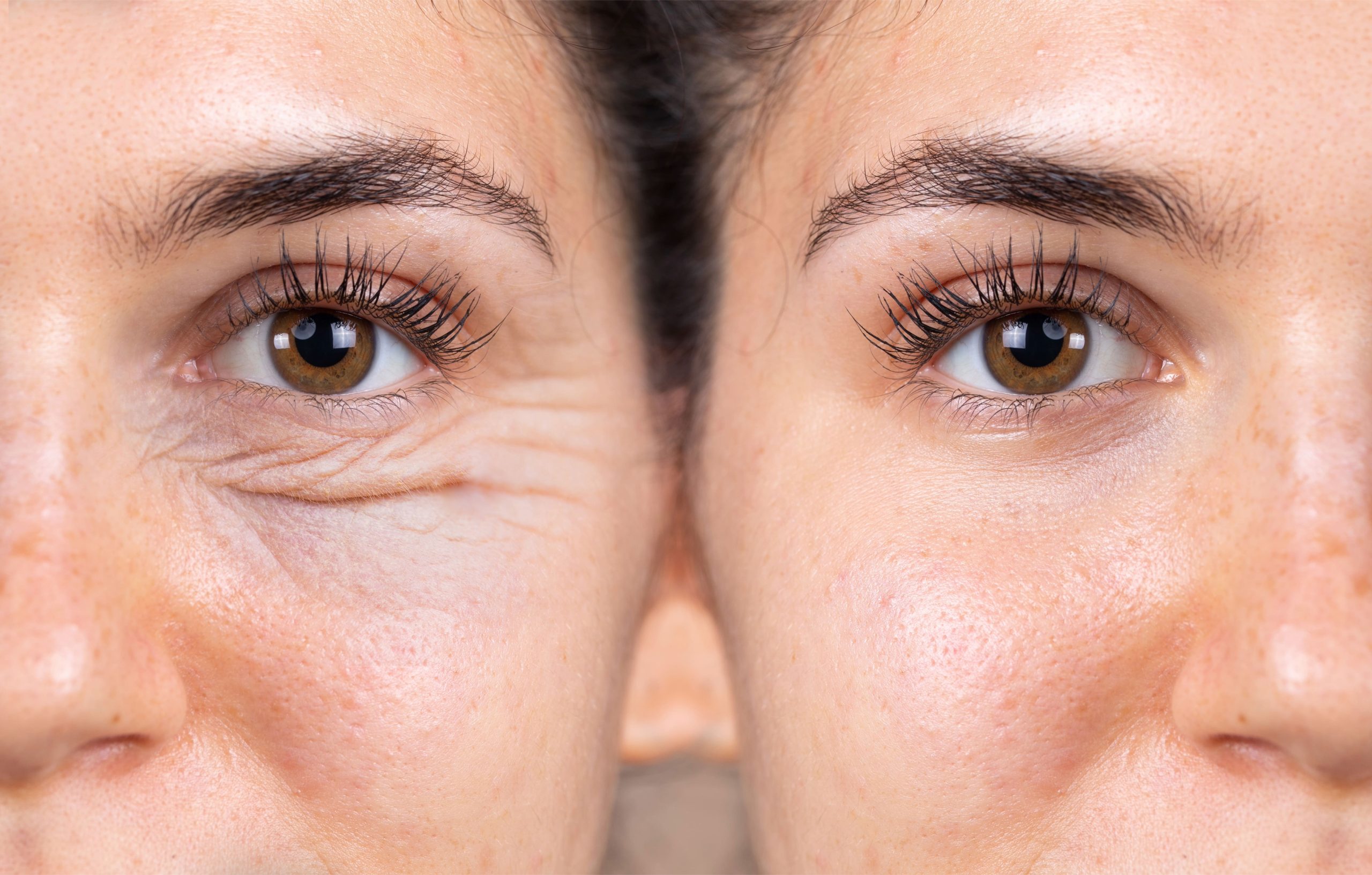Droopy eyelids: rejuvenate your eyes with blepharoplasty
Dr Arie Azuelos' blog in Paris

The ageing of the eyelids is a natural phenomenon that has an impact on the overall harmony of the face. With age, the upper and lower eyelids undergo anatomical changes: they slacken, lose their tone, and excess skin and fatty bags appear. This gives the eyes a tired, aged appearance. Blepharoplasty, or cosmetic eyelid surgery, is an effective solution for rejuvenating and revitalising the eyes.
What is blepharoplasty?
Blepharoplasty is a surgical procedure designed to correct imperfections of the eyelids, whether upper or lower. It removes excess skin and fatty bags, leaving the eyes looking younger and more radiant. It is a common, low-risk procedure that is generally well tolerated by patients.
Upper blepharoplasty
The aim of upper blepharoplasty is to remove excess skin and fatty bags from the upper eyelid. This restores tone to the eyelid and rejuvenates the eyes.
Procedure
The procedure is generally performed under local anaesthetic with sedation, or under general anaesthetic depending on the patient’s preference. Excess skin and fatty pockets are removed, and the final, almost imperceptible scar is hidden in the fold of the eyelid.
Lower blepharoplasty
The aim of lower blepharoplasty is to tighten the skin, remove fatty pockets and fill dark circles on the lower eyelid.
There are two main techniques for lower blepharoplasty:
- Subciliary approach: This technique consists of making an incision under the eyelashes, enabling the fatty pockets to be removed while the distended skin is re-draped.
- Conjunctival route: With this method, the incision is made inside the eyelid, making the scar completely invisible. This technique is mainly used to resect fatty pockets.
Preparing for blepharoplasty
Preoperative consultations
Two to three consultations with the surgeon are necessary before the operation. These consultations are used to discuss the patient’s expectations, assess the defects to be corrected and define the surgical plan. The choice of technique and the position of the scars will also be discussed.
Patients are strongly advised to stop smoking at least one month before the operation, as smoking can impair healing. No additional preparation is generally required.
Post-operative follow-up and recovery
Post-operative care
After the operation, the scars should be gently washed daily. Artificial tears and ophthalmic ointment are prescribed for the first few days after the operation.
Results and follow-up
The results of blepharoplasty become visible after four to six weeks, once the oedema has subsided. Bruising may appear and post-operative pain is generally minimal or non-existent.
Blepharoplasty is an effective procedure for rejuvenating the eyes and restoring a more rested and radiant appearance. As a specialist in eyelid surgery, Dr Arié Azuelos will be with you every step of the way, from pre-operative consultations to post-operative follow-up, to ensure the best possible results.
